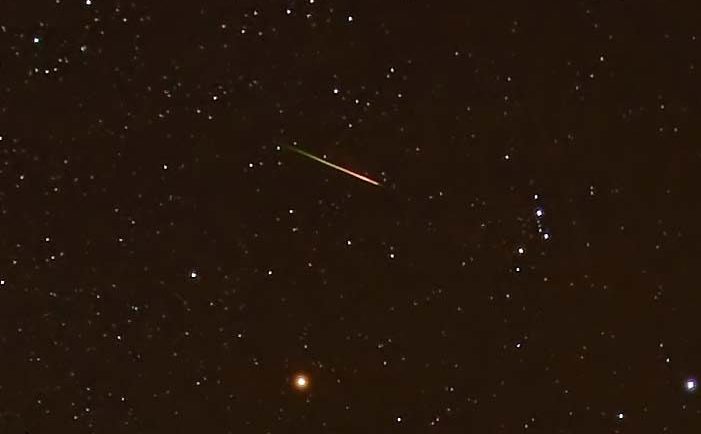
There’s been a lot of excitement in the scientific community recently, with the announcement of the discovery of Beagle 2. But what is it and how did it get lost? (And no, it has nothing to do with dogs!)
What is Beagle 2?
Beagle 2 is a landing spacecraft just 2 metres across that was built by a team of British scientists, led by Professor Colin Pillinger. It was designed to examine the surface of Mars, measuring the different amounts of carbon and other chemicals in an attempt to determine whether life could have existed on the planet at some point in time.
Why is it called Beagle 2?
The spacecraft was named after HMS Beagle, the ship that carried Charles Darwin on his voyage around Earth in the 1830s. This voyage led to a much greater understanding of life on our planet; Professor Pillinger and his team hoped that Beagle 2 would do the same for our knowledge of any life on Mars.
How was Beagle 2 lost?
On the 19th December 2003 Beagle 2 was launched from the Mars Express orbiter, and on the 25th December it descended towards the surface of Mars. Once it had landed safely it was programmed to deploy its solar panels and contact Mars Express. Unfortunately it was never heard from again, and was declared lost on the 6th February 2004.
How was it found?
A NASA spacecraft, the Mars Reconnaissance Orbiter, is currently orbiting the red planet and photographing its surface. After searching through billions of pixels in large quantities of images, the Beagle team believe that they have found their craft.
Although more focused photographs need to be taken in order to determine exactly how Beagle 2 is lying, it looks as though the lander made it to the surface safely but only deployed 2 or maybe 3 of its 4 solar panels. The radio antennae with which it should have contacted Mars Express is tucked underneath the fourth panel, and so was never able to function. The Beagle 2 team are overjoyed to have found their lost lander, although Professor Colin Pillinger died in May 2014 without ever knowing what had happened to his craft.
Now what?
Hopefully future images from the Mars Reconnaissance Orbiter will show even more clearly how Beagle 2 is positioned. The lander was partly battery powered and would have been able to record images and data as it descended through the atmosphere, but this information is locked inside its memory and inaccessible. Andrew Coates, who was the lead investigator on Beagle 2’s stereo camera system, has said that it’s likely that the images and data exist and joked that “All we need is an astronaut and a USB stick to go and get them!”.
Read More...









